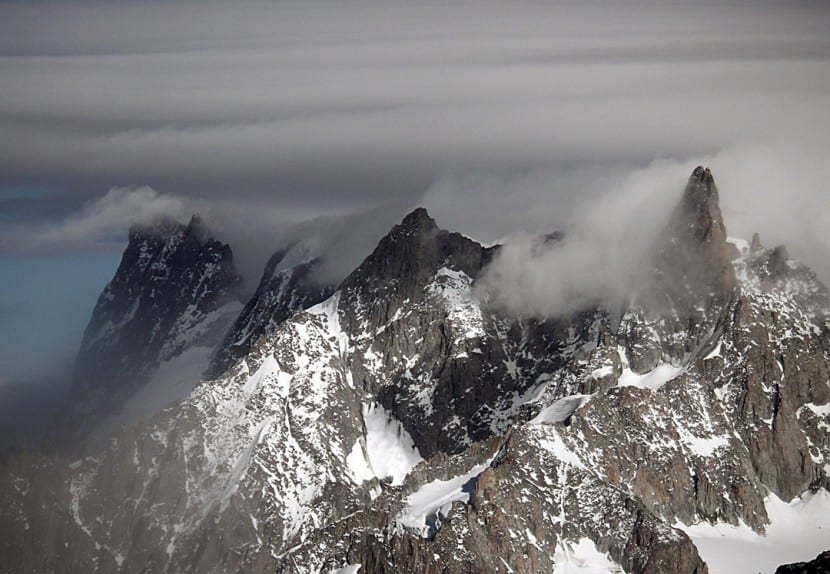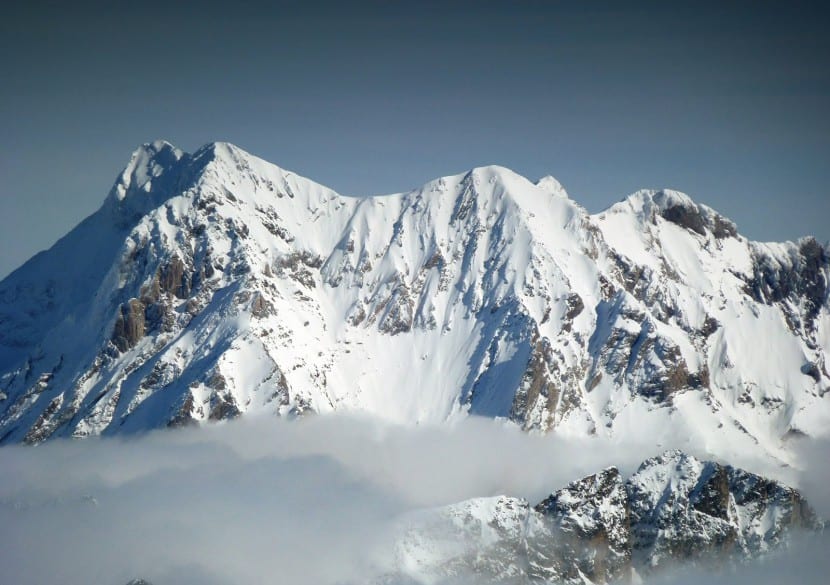
Surely you have seen many times while traveling by car and they will have caught your attention, a series of clouds that are formed and they surround the top of the mountains. Are the calls orographic clouds and they receive this curious name because their creation is due to the orography of the terrain so typical of the mountains.
Orographic clouds are created when a hot and humid air mass it encounters a mountain on its way and is forced to climb much colder layers. At that moment, water vapor it condenses and those spectacular ones that surround the mountains are formed. As a curious fact, the top of Mount Everest is always surrounded by orographic clouds.
These clouds are also very common in other areas such as the Andes when they blow westerly winds that come from the Pacific Ocean. Another area where you will always find orographic cloud formation is in the northwestern United States. These places where these types of clouds are usually found can have up to 2,500 mm of precipitations per year in the form of water or snow.

These orographic clouds always they are stuck on top of the mountains where they have been formed. As for the size of these clouds, there are them in all forms. Small that cover part of the mountain until huge cloaks that cover the entire summit. Orographic clouds tend to have a completely flat shape although when the wind blows they can have a swirl shape, especially in the highest part of the mountain.
I hope you found this article about the formation of orographic clouds and that from now on, every time you see it, you will know how they are formed and created.